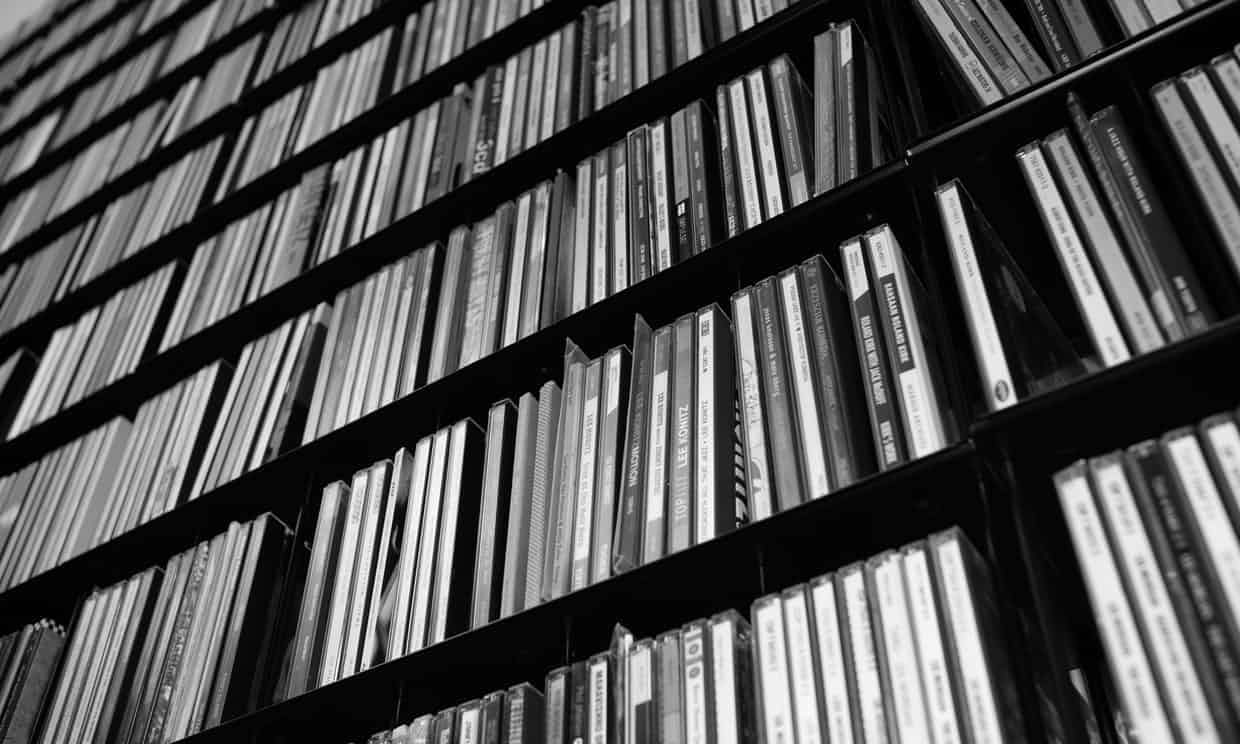Think of all the associations we have with vinyl: independent record shops, High Fidelity, rare releases, history and authenticity. Even cassette tapes have their own mythology: the romance of receiving a mixtape, and the songs fading in places where you have rewound and listened to them over and over again. These are objects imbued with nostalgia – even love. But CDs? No one loves CDs. They are not as cool as vinyl, not as personal as tapes. They are unlovely plastic, shiny discs that scratch easily, and their covers crack. All CD covers look as if at some point someone has stepped on them.
Other than record companies, which derive income from CDs, no one flies the flag for this format. No one makes films about the struggling, sensitive guy with the independent CD shop. No music purist vows – “I’ll only ever listen to my early Bob Dylan on CD.” When was the last time you saw a Discman for sale on the high street?
So with the news this week that CD sales were eclipsed by streaming for the first time, the big question is not, “Whither CDs?” but, “Who the hell still buys these things?” No one at Best Buy, anyway. The US retailer will stop selling CDs in stores this summer, and Target has changed its returns policy – it will pay distributors only for the CDs it sells.
If CDs had a decade, it was in the 1990s. This was the brief golden era of CDs before Napster and downloading, and devices such as smartphones and ipods changed everything. Becoming mass market around 1983, the first big CD blockbuster was 1985’s Brothers in Arms by the Dire Straits – it was the first time an album sold more on disc than on vinyl, passing the 1m mark. Annual global sales surpassed 1bn in 1992 and 2bn in 1996, and “the profit margins were the stuff of dreams. The CD was cheaper than vinyl to manufacture, transport and rack in stores, while selling for up to twice as much.
The 1990s were the era of CD towers – steel structures that had a slight, almost dangerous, list – like a Renzo Piano building. CDs were stacked like books on a shelf, and this was the last time where a date, on coming back to your house, could make a snap judgment about you based on the spines of your CDs. You couldn’t pretend to be only into the Stone Roses and Manic Street Preachers if Hootie & the Blowfish, Hanson, Ace of Base and Nickelback were slotted at eye level in your tower. Now, your guilty pleasures – like all guilty pleasures – are hidden behind icons on your desktop. No one need know that the only artist you listen to on repeat is Pink.
At peak CD, in the 1990s, people broke into cars to steal them. Pawnshops were full of once-loved and much-missed copies of Alanis Morissette’s Jagged Little Pill. Music reviewers supplemented their incomes by selling their review CDs to secondhand shops. Got a friend going to Thailand? Put in your order for counterfeit CDs with their badly photocopied covers. Going on a road trip? Don’t forget your CD wallet for the car – that bulky, padded thing that you could use to cart around CDs without bothering with the covers.
The death knell started with burning – the CDs your friends made you with the band name written in marker pen on the front. Then there was Napster, then MP3 players, then the iPod – CDs didn’t stand a chance. For years now, CD towers have been tossed on to the street, unloved and unwanted. This might normally be cause for nostalgia, yet the demise of CDs doesn’t provoke much in the way of feelings. They were a way station, not a way.
Originally posted on THEGUARDIAN.COM


